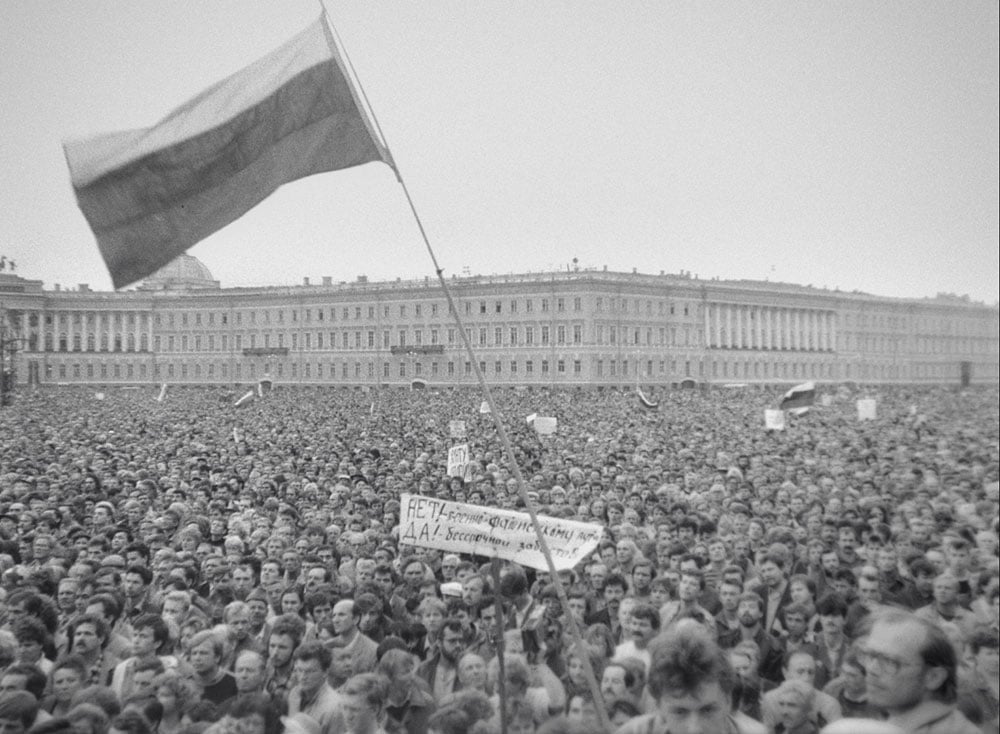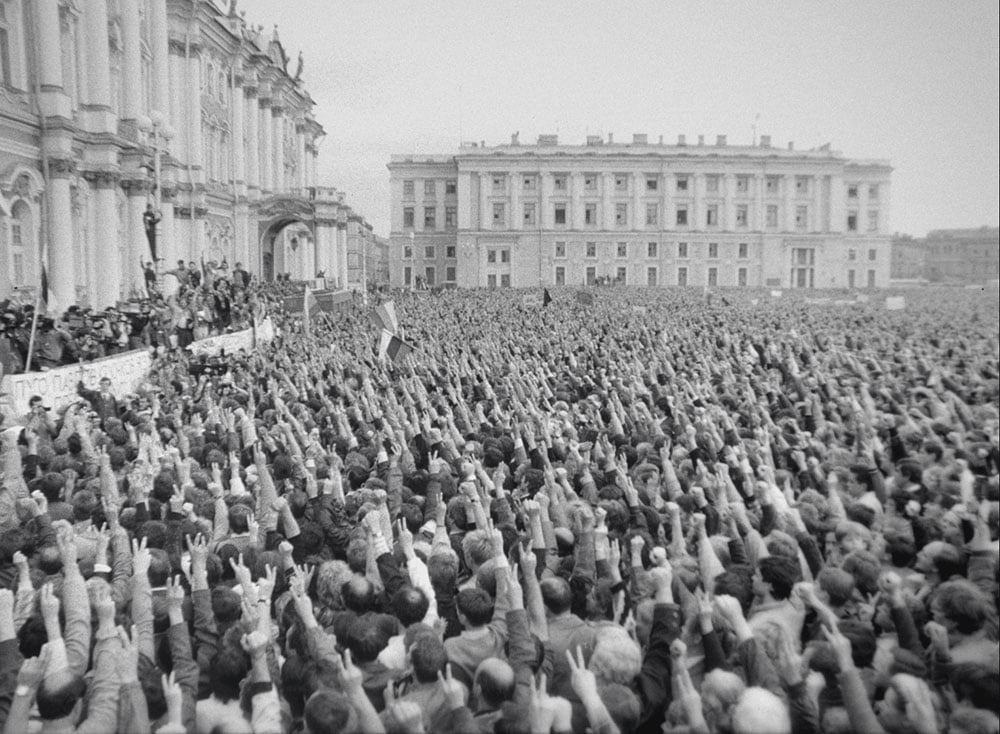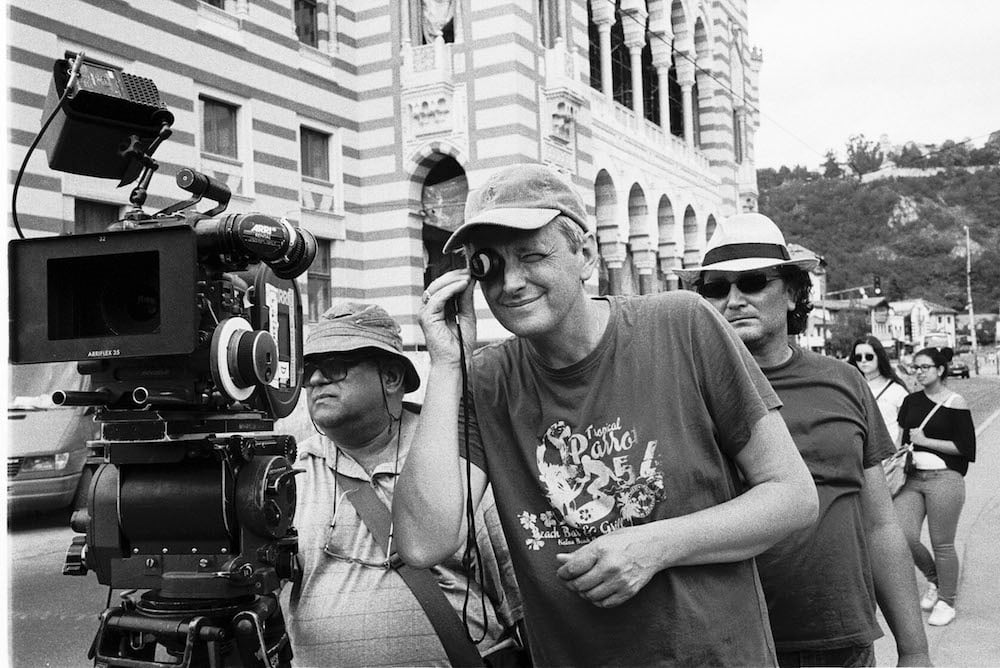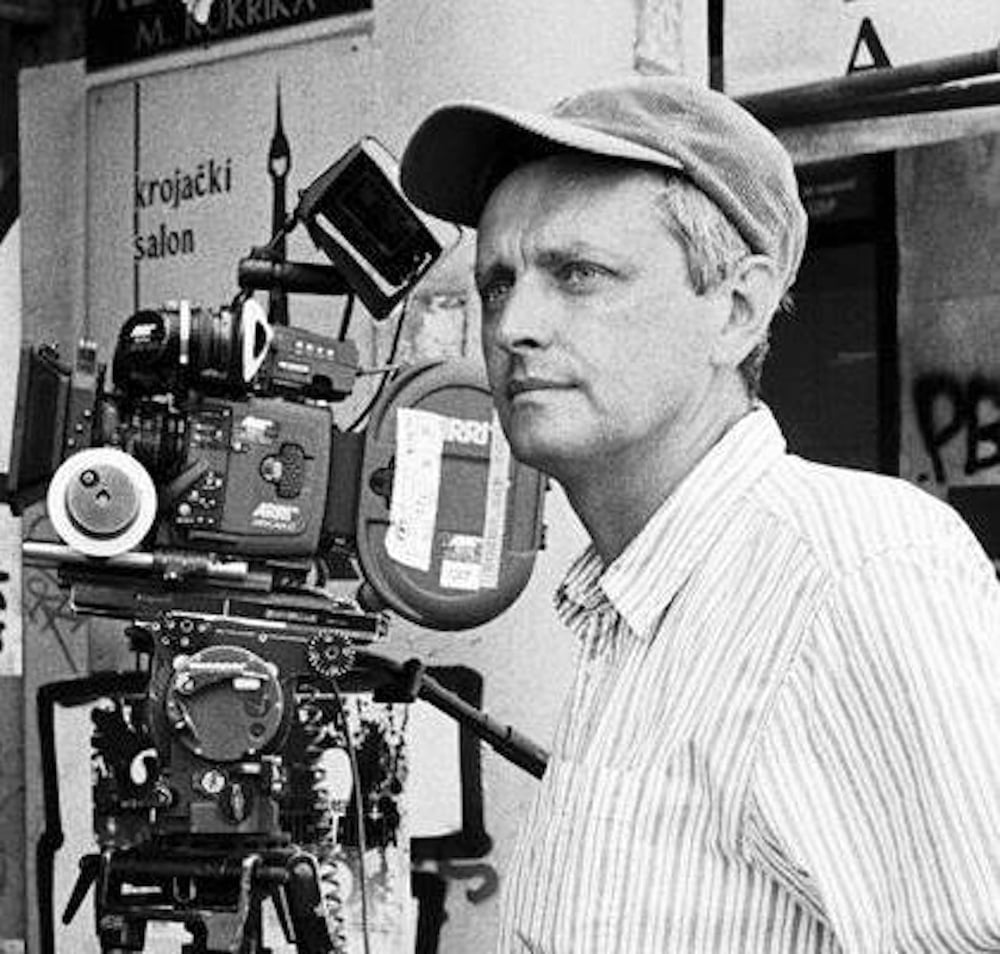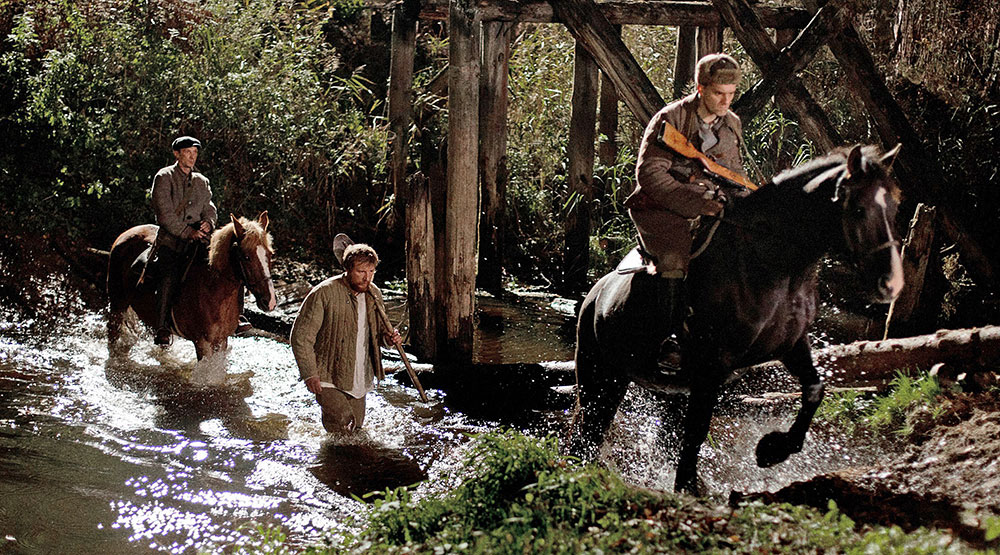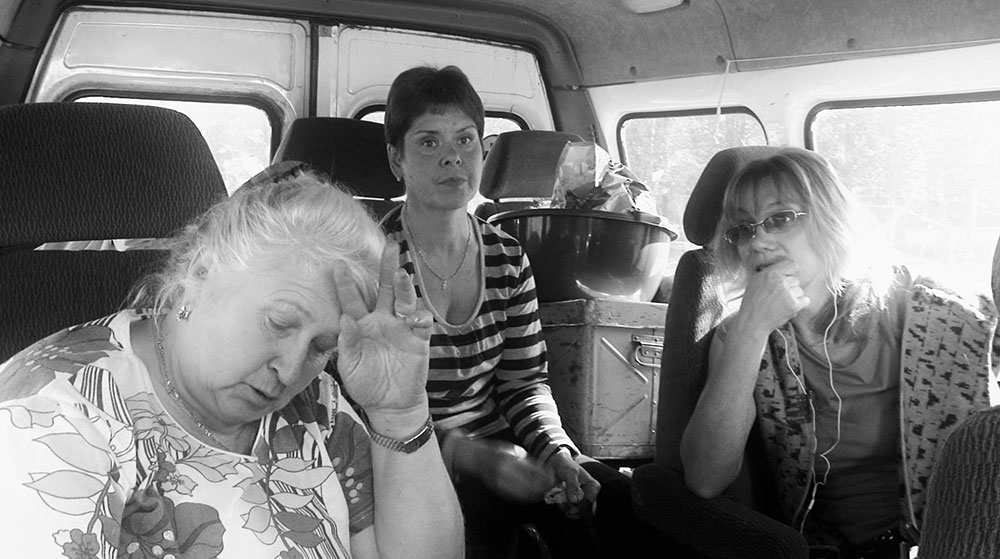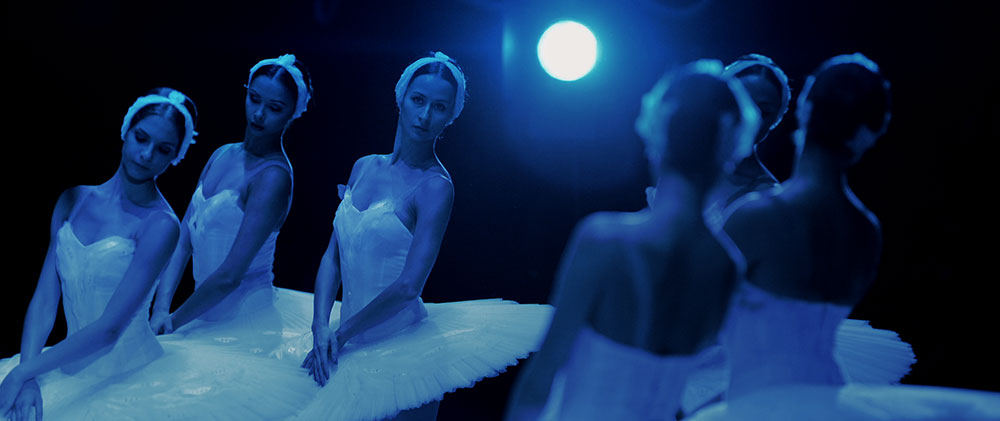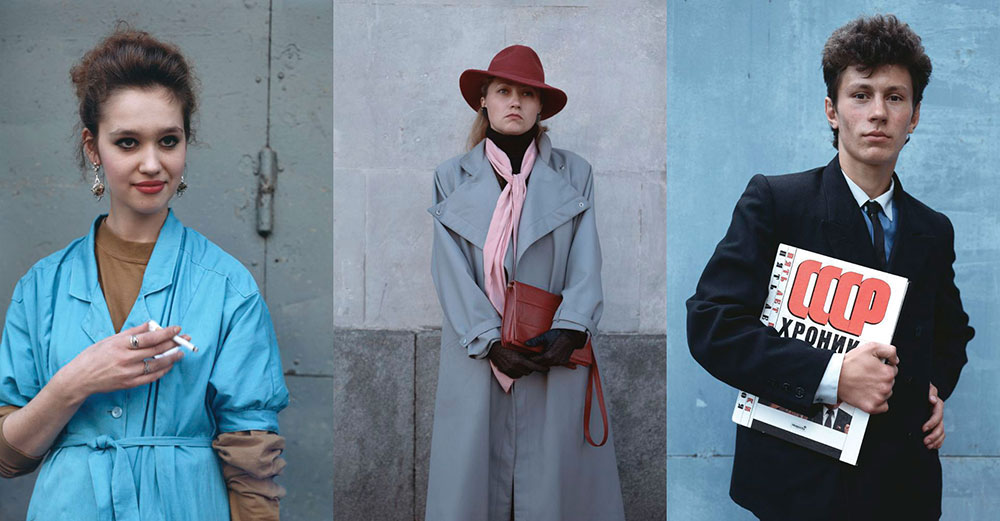Faces in a crowd: a new film revisits the failed coup that was the final act of the Soviet Union
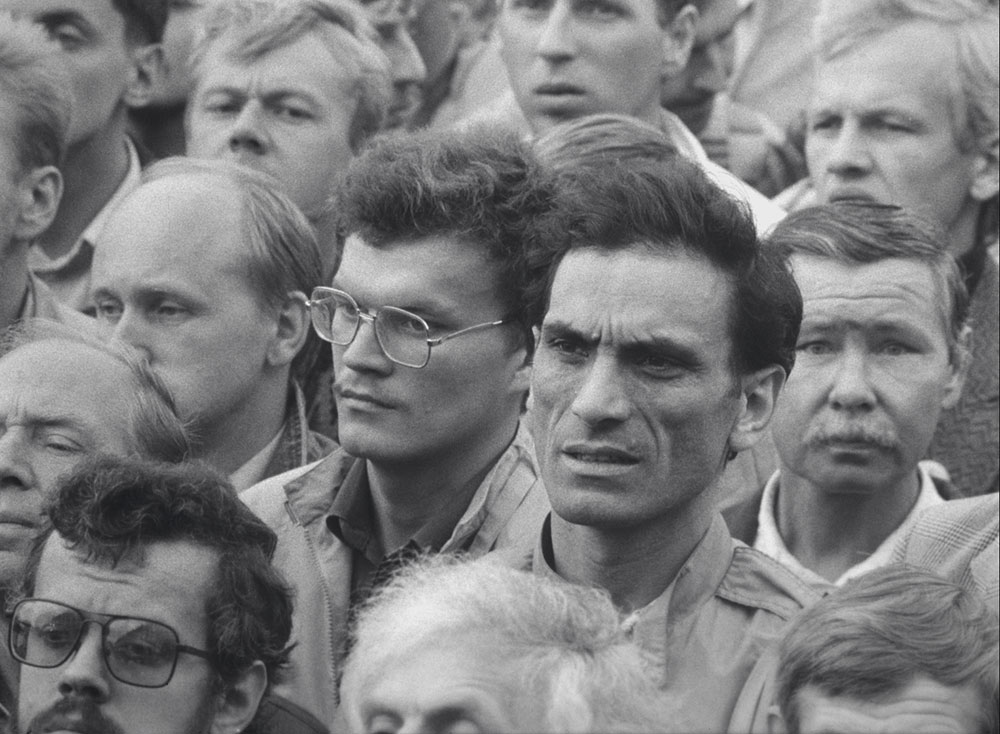
Following last year’s searing documentary Maidan, Ukrainian maestro Sergei Loznitsa returns with an excellent found-footage film about the failed coup d’etat that hammered the final nail into the Soviet Union’s coffin — and a warning cry for viewers today
“Absolutely,” says Sergei Loznitsa, one of our greatest active filmmakers. “I hadn’t even thought of that but you’re absolutely right.” He’s responding to my claim that, in his latest documentary The Event, his repeated use of music from Swan Lake is the soundtrack equivalent of the Kuleshov Effect — a theory of film editing first conducted by the Soviet filmmaker Lev Kuleshov in the 1910s, which demonstrated how the emotive effects of a single image could depend on those following and preceding it. “I use only one theme from the second act of the ballet,” Loznitsa says, “but it sounds different at different moments of the film. At certain moments it sounds ironic, at others tragic. And in some moments there is a lot of pathos.”
Constructed entirely from 35mm footage shot by eight cameramen, The Event stitches together a coherent narrative of the failed attempt, on 19 August 1991, to oust Mikhail Gorbachev’s government from Moscow — as experienced on the streets of St Petersburg. On that August morning, Loznitsa was packing his bags and preparing to enrol at Moscow Film School, having left his job at the Institute of Cybernetics in Kiev a month earlier. He got a phone call from a friend. “Switch on the TV,” he heard. Loznitsa saw Swan Lake. So what? “Switch the channel,” the friend said. Loznitsa saw all four state channels were playing the same thing. Again, so what? “Well,” his friend said, “somebody must have died.” By noon, it was clear that the Soviet Union itself was on its deathbed.
Gorbachev’s would-be usurpers, the so-called State Committee for the State of Emergency, held a press conference declaring the government unfit to rule. There were tanks in Moscow. Loznitsa walked 40 minutes to Kiev’s city centre to see what was going on. “The city led its normal life. Public transport was running as usual. Shops were open as usual. Children were playing in the playground. Nothing special.” A small rally had gathered, of around 500 people, next to the Republican Stadium. There were murmurings of Ukrainian independence, but little else. A few people carrying Walkmans stopped occasionally to listen to radio broadcasts from the Russian capital. Five days later, Ukraine declared its independence. There had been no bloodshed. Loznitsa quips: “This is how I participated in the revolution of 1991.”
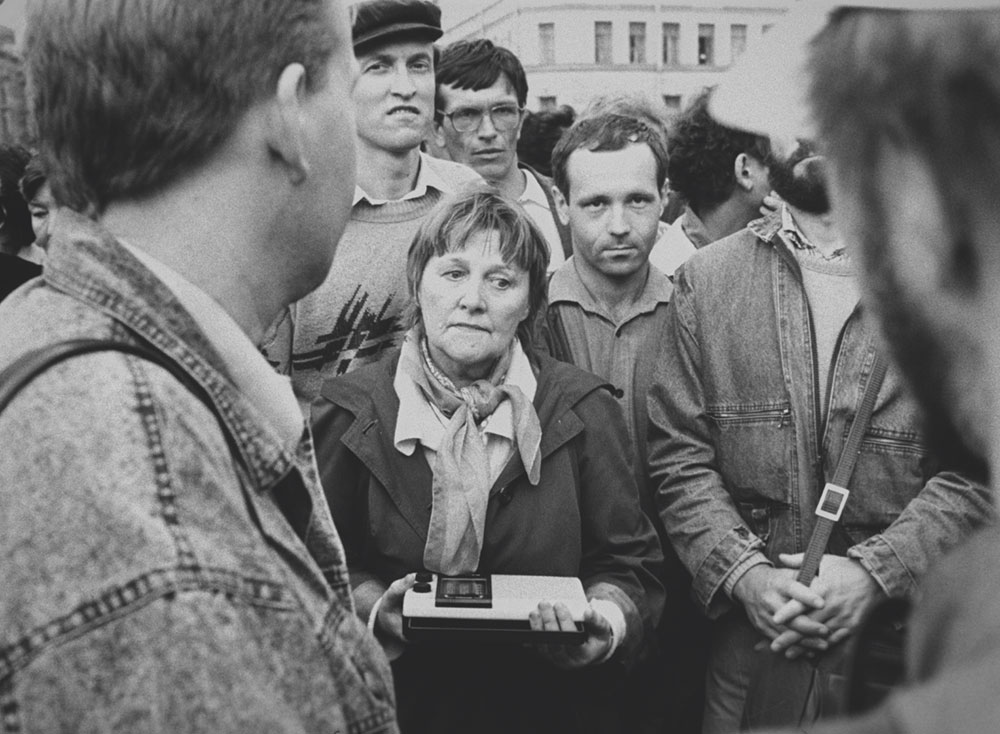
As I first discovered when moderating post-screening Q&As with him during a full retrospective of his work in Linz earlier this year, Loznitsa can be a tricky interviewee. Never answering anything he isn’t asked, he’s as succinct as his films, his ice-blue eyes waiting intently for the interviewer’s verbose ramblings to end with a precise question. But when I sit down in a cosy suntrap in Seville, away from the pressures of public speaking, he’s on garrulous form. At the Spanish city’s twelfth European Film Festival — where the Belarus-born Ukrainian deservedly wins the Best Documentary prize — I’ve just watched The Event for the second time in as many weeks, having first seen it at the Vienna International Film Festival. On that occasion, I instinctively knew that this was his best found-footage film yet, following Blockade (2005), which documents the Siege of Leningrad, and Revue (2008), which is composed of old Soviet propaganda reels from the 1950s and 1960s.
Loznitsa was partly inspired to make The Event because of his experiences in directing Maidan, last year’s epic dispatch from the frontlines of the anti-government uprisings across the 2013/14 winter in Kiev. “I had an idea of making this film a while ago, but I was quite hesitant. After I made Maidan, the idea came back. I looked at the faces in this footage in a completely different way.” Like the earlier film, The Event captures with equal economy the sense of confusion, organisation and action that can escalate when longstanding anti-establishment sentiments meet suddenly rightward shifts from above. “Is Gorbachev dead?” ask several St Petersburg citizens scrambling for concrete information. By the end of the film, half a million fists are raised in solidarity outside the Winter Palace.
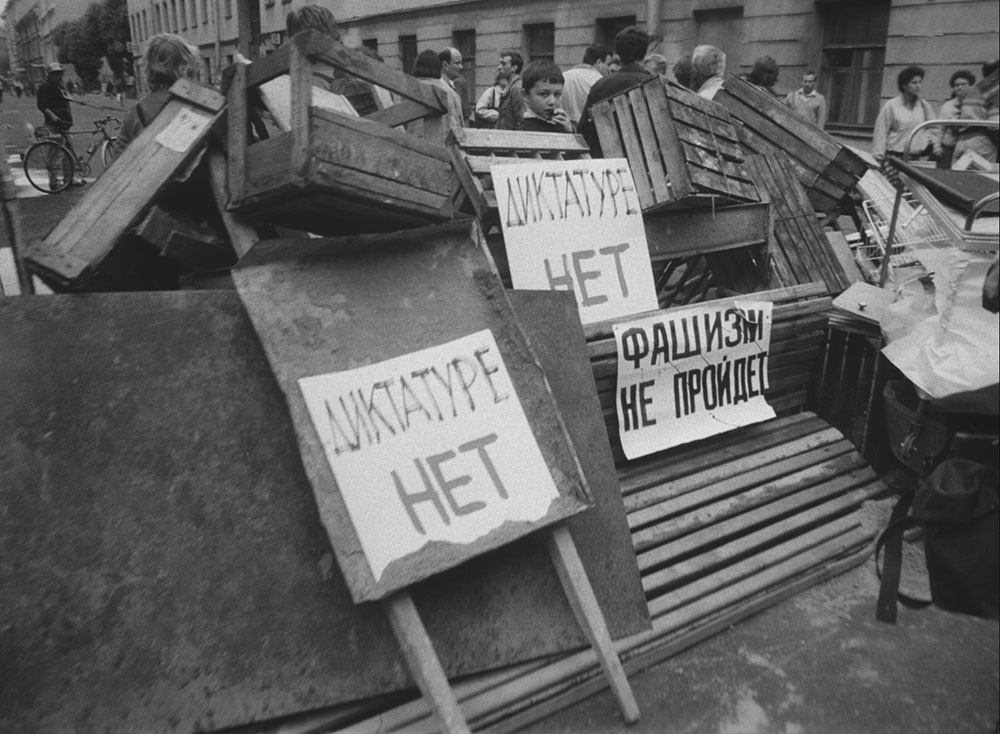
Eschewing explanatory voiceover, Loznitsa relies on the crowds’ various placards to tell his story (“Fascism Will Not Prevail”), but he’s also keen to include cries of “Down with Lenin!” Equating the kind of communism that prevailed in 1917 with the debased, bastardised form that fell in 1991 might go some way to epitomise just how wide and deep Stalin’s falsification of the earlier revolution had gone. Loznitsa, however, wholeheartedly rejects this standpoint as facile leftist fantasy. When I push him on the topic, his energy becomes particularly focussed. His choicer wording and more assertive delivery suggest he’s had to make this argument many times before:
“When Stalin died, and they decided to blame everything that happened on him — all the terror, all the crimes — they started thinking, ‘What kind of slogan can we come up with to put all this blame on Stalin?’ This is when, at the end of the 1950s and the beginning of the 1960s, they came up with the idea that Stalin actually corrupted or perverted the ideas of Lenin. And now that Stalin was dead, they could go back to this main thoroughfare proposed by Lenin, and go back to these original ideals. That, and the promise to reach communism by 1980, helped the regime to survive for another 20 years.”
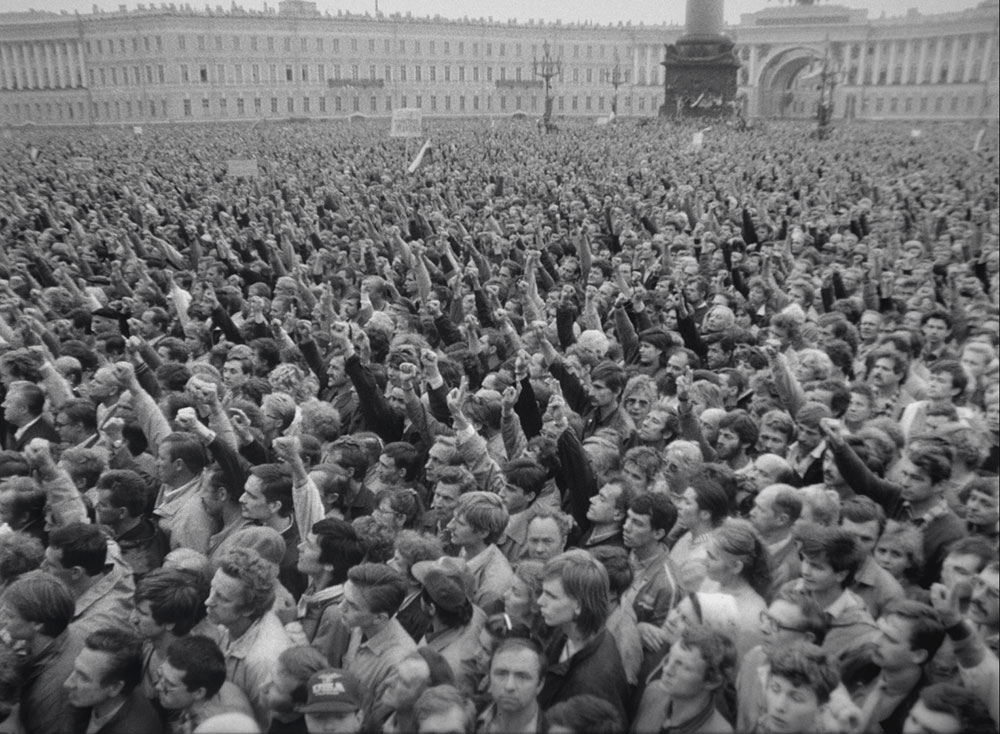
Rather than distinguishing between communisms, Loznitsa emphasises continuities in criminality and violence. “If you read carefully Lenin’s decrees and orders from the moment the Bolsheviks came to power, you will understand how much blood and violence he is directly responsible for. Orders and decrees to kill and execute, to destroy certain populations, to display as much violence as possible — all signed and authorised by Lenin. It was a coup d’etat [in 1917] organised by a gang of criminals. An underground terrorist organisation usurped the power back then and managed to hold onto it all these years, and in fact still holds onto it today. Lenin, and Stalin, and all those other rulers who ruled the country and who are ruling it now, are criminals and the regime has nothing to do with socialism or any other form of utopian wellbeing.”
This through-line gives The Event a remarkable urgency. It often feels like a warning cry directly addressed to the here and now. Late in the film, Loznitsa cuts from one speechmaker, appealing for people to stay loyal to President Yeltsin, to a woman holding a board that reads, “My Long-Suffering People, Don’t Let Them Deceive You.” Loznitsa explains: “It’s a very important sentence, addressed to people now as well as to people at the time, which a very smart woman wrote — because she knows already in that moment what will happen. For me it’s a film about lost hope, about the incapability of people to change things. They’re not just incapable of action, but also of understanding. Looking back at events 25 years on, we can say how easily they were tricked.
Does Loznitsa find reasons for optimism in the present situation between Russia and his country? “It’s a question of scale. If we think of humans as a species that will survive, yes, from this point I’m an optimist. But if we talk about the situation in Russia today and whether any change is possible that would lead toward life rather than death, then of course I don’t see many possibilities. The problem is that it’s not just about one bad guy who executes his arbitrary and despotic rule. The problem is that there’s a huge number of people whose mentality is exactly the same, or very similar. We are excluded from their universe, as people who think differently, who have different ideas or different views. We just don’t exist. At best, our place is in prison, or on the frontline defending our sovereignty — like what’s happening in Ukraine now.”
The present conflict can best be summarised, for Loznitsa, with a very simple example. “If a Ukrainian soldier is killed, his coffin is driven through the village or town where he’s from. There is a funeral procession where the local population comes out to grieve and pay their respects — they will line the road along which the coffin is taken. Many of them pray and kneel. This is a very impressive spectacle. What happens to the Russian casualties? In general they are hidden, they’re not talked of. There was a recorded case of several Russian soldiers who were killed. They were buried and their names were put on the tombstones, but when the journalists came to take photographs, their names had been removed from the tombstones.”
I ask why. “Because they need to lie. Because they have to hide the fact that these soldiers were killed in the war in Ukraine. Officially, Russia is not fighting a war in Ukraine. Really, they commit the most terrible crime. They deprive a person of the right to be remembered. We are dealing with the destruction of the basics of humanity.”
